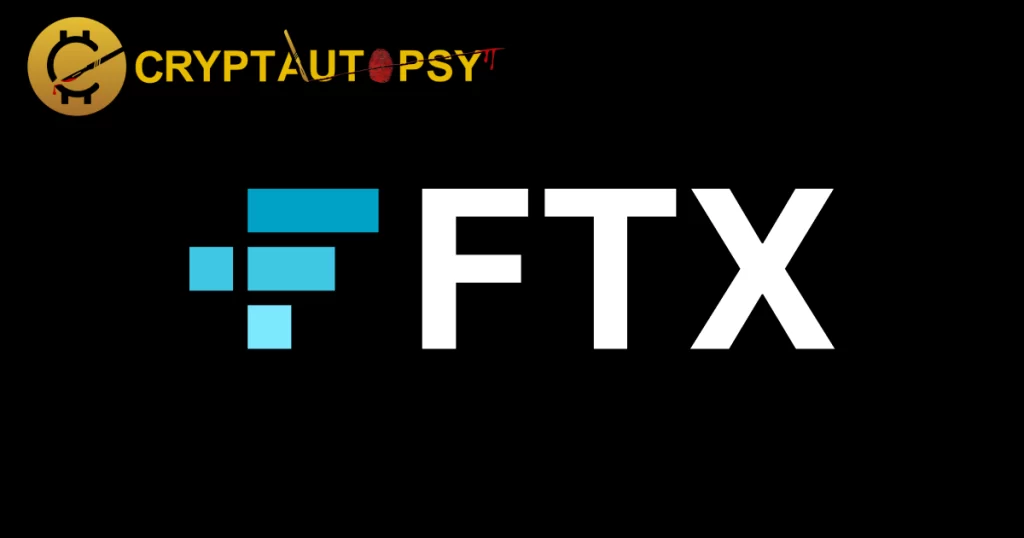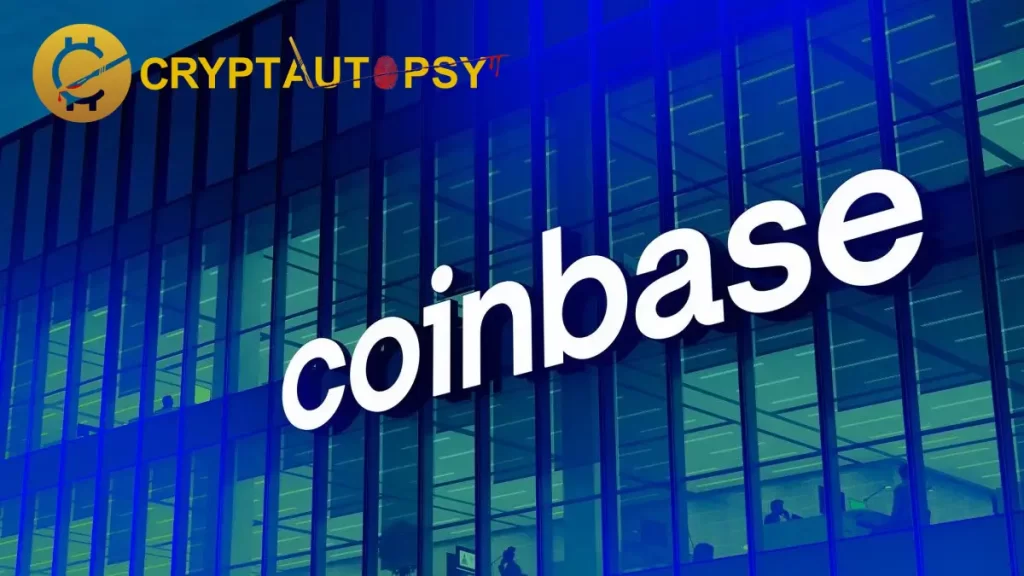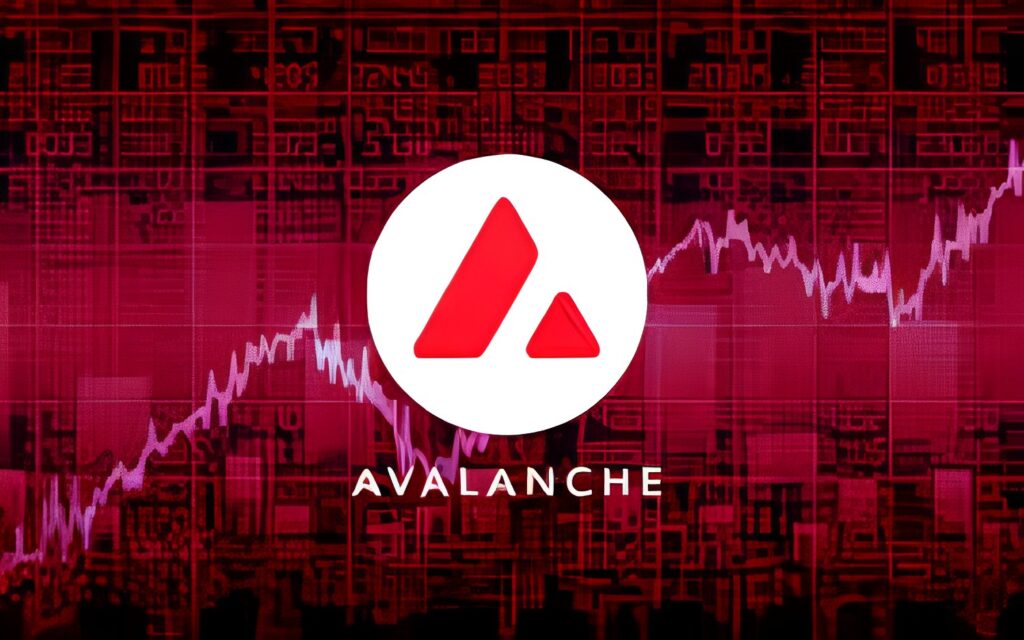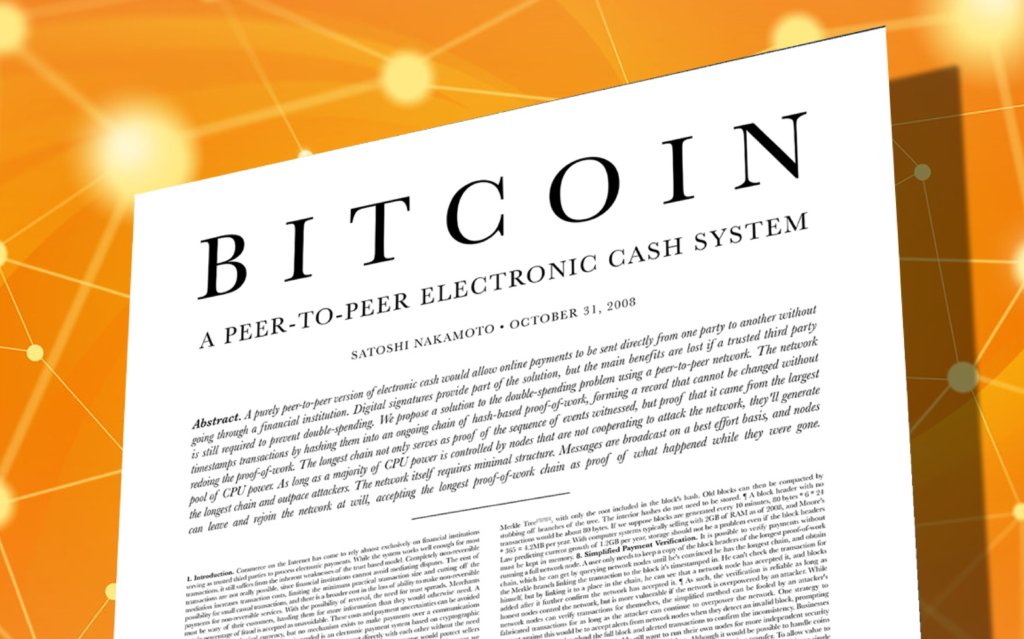The Avalanche White Paper: Revolutionizing Consensus Protocols

In 2020, the release of the Avalanch White Paper brought forth a groundbreaking approach to consensus protocols and blockchain scalability. Developed by a team of researchers and engineers, Avalanche introduced a novel consensus algorithm that aimed to overcome the limitations faced by existing blockchain networks. This article explores the significance of the Avalanch White Paper and its potential to revolutionize decentralized systems.
-
The Need for Scalable Consensus:
As blockchain technology gained traction, the limitations of traditional consensus protocols, such as Proof-of-Work (PoW) and Proof-of-Stake (PoS), became apparent. These protocols often faced challenges related to scalability, transaction confirmation times, and network security. Recognizing these limitations, the authors of the Avalanch White Paper sought to develop a consensus mechanism that could address these issues and provide a more efficient and scalable solution.
-
Avalanche Consensus Protocol:
The Avalanch White Paper introduced the Avalanche consensus protocol, which aims to provide high throughput, low latency, and decentralized consensus. Unlike traditional protocols, Avalanche utilizes a novel approach called metastability, where multiple competing network states coexist until consensus is reached. This allows for quick and efficient decision-making without sacrificing network security.
The protocol employs a system of repeated randomized queries to participants, known as validators, who vote on the state of the network. Through a process of repeated sampling and preference aggregation, the protocol converges on a final decision with high probability. This unique approach enables Avalanche to achieve consensus rapidly and with minimal energy consumption.
-
Subnets and Customizability:
One notable feature outlined in the Avalanch White Paper is the concept of subnets. Subnets allow for the creation of customizable blockchain networks within the larger Avalanche ecosystem, each with its own consensus rules and validators. This flexibility enables developers to tailor their blockchain networks to specific use cases, such as financial applications, decentralized exchanges, or supply chain management systems. Subnets provide scalability and customization options that cater to the diverse needs of decentralized applications (dApps) and enterprises.
-
Security and Sybil Resistance:
Maintaining network security is of utmost importance in any consensus protocol. The Avalanch White Paper addresses this concern by introducing a robust Sybil resistance mechanism. Sybil attacks involve adversaries creating multiple fake identities to influence the consensus outcome. Avalanche combats this threat by leveraging the participation of honest validators and ensuring that they have a strong influence over the consensus process. The protocol achieves this by measuring the reputation of validators based on their previous voting behavior, thereby mitigating the influence of potential Sybil attackers.
-
Impact on Blockchain Technology:
The Avalanch White Paper has the potential to redefine the landscape of blockchain technology. By providing a scalable consensus protocol, Avalanche tackles one of the biggest challenges faced by decentralized systems, allowing for increased transaction throughput and reduced confirmation times. This scalability, combined with the customizability offered by subnets, opens up new possibilities for decentralized applications and enterprise adoption.
Furthermore, the Avalanche consensus algorithm’s energy efficiency and security features position it as a promising alternative to traditional protocols. Its ability to achieve consensus rapidly and with minimal computational resources makes it an attractive option for both public and private blockchain networks.
CryptOctopus
Dive into the oceanic world of Inky, the fintech-savvy octopus. Having discovered a sunken treasure chest filled with Bitcoin hardware wallets, Inky ventured into the world of cryptocurrencies, becoming a self-taught expert. With a 360-degree vision for market trends, exclusive OctoTrade Signals transmitted via ink-sprays, and Cephalo-Consulting services, Inky offers a unique blend of underwater wit and fintech expertise. A fan of marine-themed altcoins like PoseidonDAO and SeashellCoin, Inky also enjoys underwater chess and squid-wrestling when he’s not busy with crypto. Connect with Inky by dropping a message in a bottle and setting it adrift on the high seas. He’s always ready to lend a tentacle or two!













































































































































